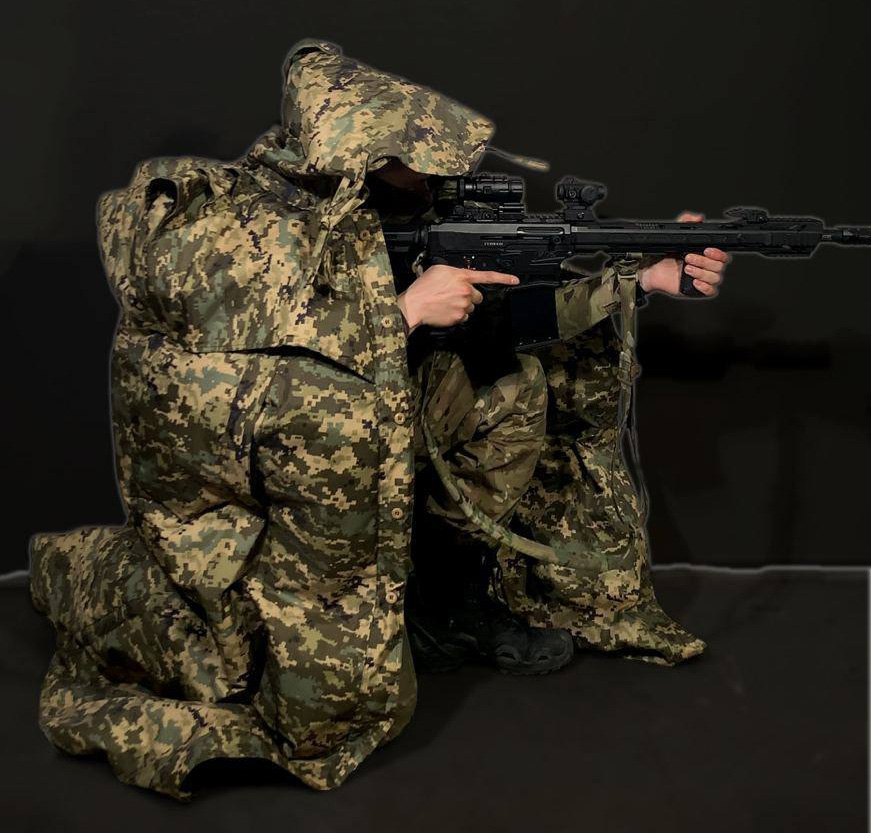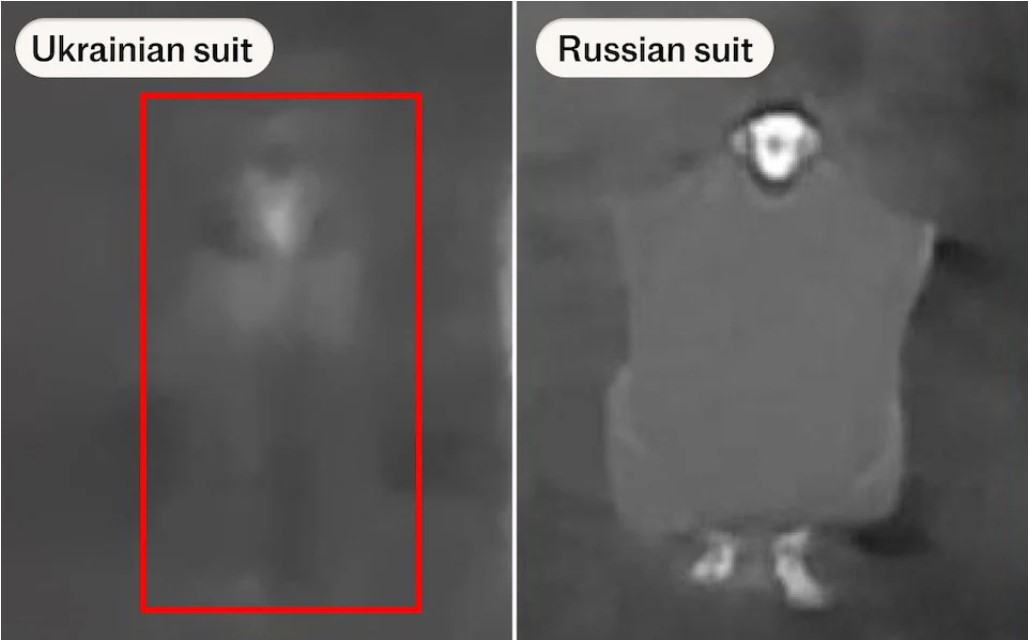Defective thermal camouflage is exposing Russian troops to Ukrainian drone strikes, making them more visible instead of hidden, according to battlefield footage and military experts.
The specialized coats and blankets are meant to conceal body heat from thermal and night vision sensors. But flawed technology and poor training are turning this gear into a liability. Rather than blending in, the equipment creates cold spots that stand out against warmer terrain—making soldiers easier to detect.
“This is no invisibility cloak,” Hamish de Bretton-Gordon, a former British Army colonel and chemical weapons expert, told The Telegraph. “In fact, because of the contrast, it makes them more acquirable than less.”
Recent footage from the Lyman direction shows Russian troops clearly visible to Ukrainian drones despite wearing the so-called thermal camouflage. After targeting the exposed soldiers, Ukraine’s 63rd Mechanised Brigade mocked them, saying, “The funny occupiers put on anti-drone raincoats and thought that now they are safe.”
Poor training leaves troops visible to drones
The issue extends beyond subpar equipment. Even with better-quality thermal blankets, Russian troops often left arms, legs, or heads exposed due to poor training—making them easy targets for thermal surveillance.
Nick Reynolds, a research fellow at the Royal United Services Institute, told the Telegraph about “instances of incompetence by Russian personnel who clearly do not understand how to use their equipment.”

Ukraine uses advanced suits as Russian gear sells cheap
In contrast, Ukrainian forces have reportedly used similar suits “to much better effect.” Ukraine’s camouflage gear weighs 2.5 kilograms and is made of multiple layers of polymers, microfibers, and metal-particle fabrics.
“Our goal is to disguise the military and equipment from the enemy as reliably as possible,” Deputy Defense Minister Vitalii Polovenko said last year.
These failures underscore a broader shift in modern warfare, where Ukrainian drones combine thermal imaging and real-time targeting for precise nighttime strikes. Meanwhile, Russian thermal suits—some reportedly selling online for just $47—raise serious questions about quality.
“It does highlight how difficult it is to hide on today’s battlefield,” de Bretton-Gordon added. “They need to cover their whole bodies.”
As Reynolds noted, the technological gap is only widening: “Thermal cameras on drones are both improving and becoming cheaper as manufacturing processes improve.”


